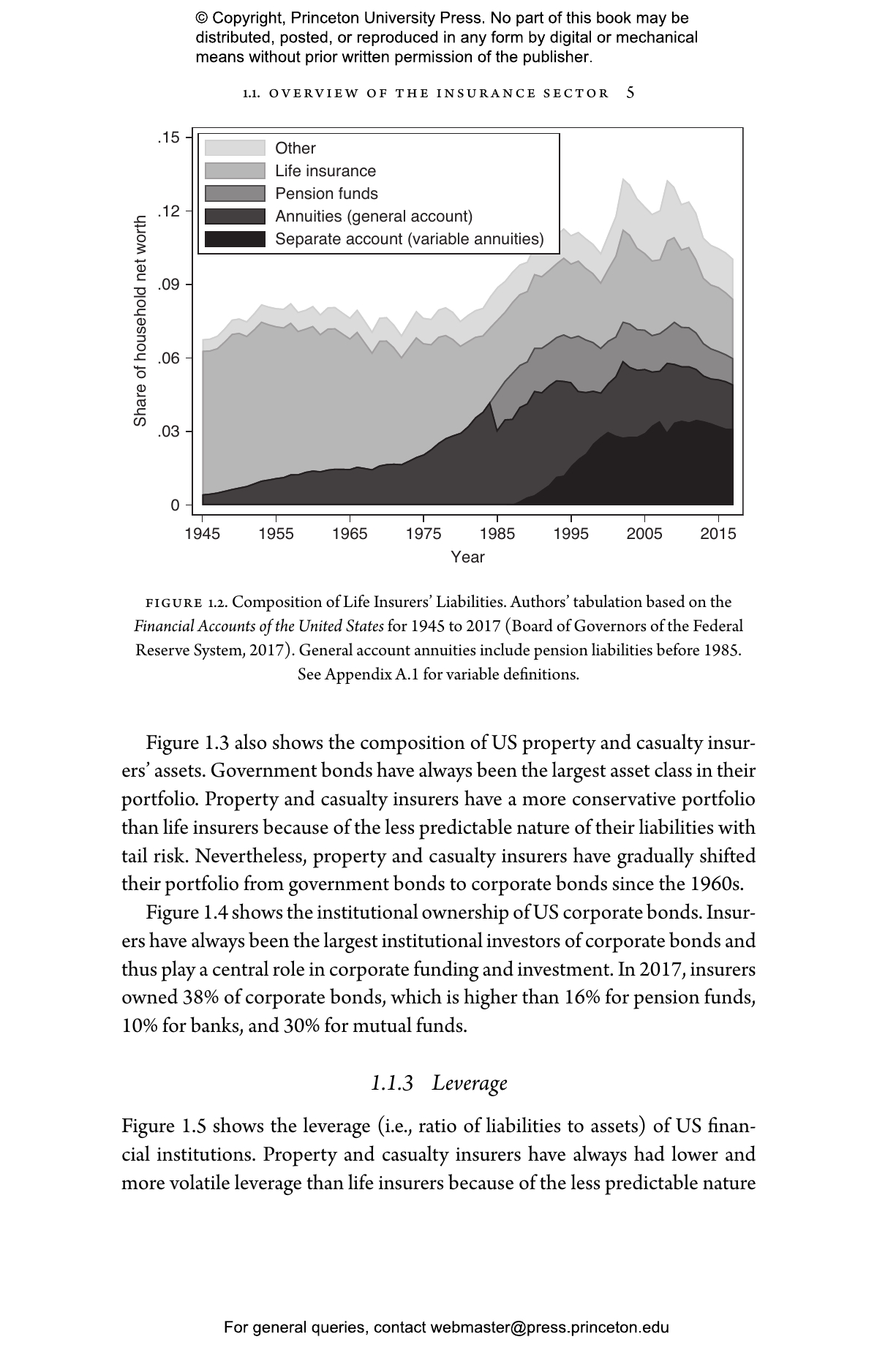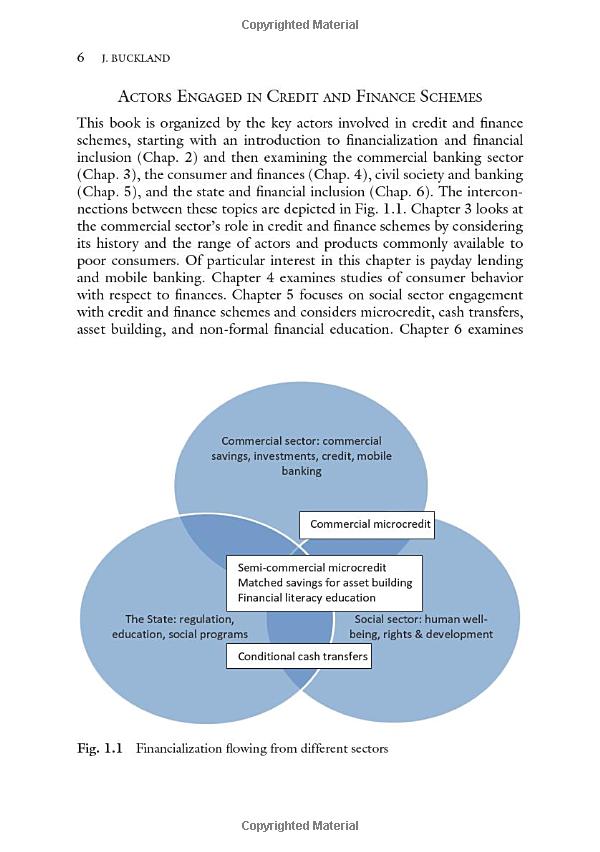Understanding Nonaccrual Loans: What They Are and Their Impact on Financial Institutions
#### What Are Nonaccrual Loans?Nonaccrual loans refer to loans that are no longer accruing interest because the borrower has failed to make scheduled paymen……
#### What Are Nonaccrual Loans?
Nonaccrual loans refer to loans that are no longer accruing interest because the borrower has failed to make scheduled payments for a significant period. Typically, a loan is classified as nonaccrual when payments are 90 days or more overdue. Financial institutions must stop recognizing interest income on these loans, which can significantly affect their earnings and overall financial health.
#### The Importance of Monitoring Nonaccrual Loans
Monitoring nonaccrual loans is crucial for financial institutions. High levels of nonaccrual loans can indicate underlying issues within a bank's loan portfolio, such as poor credit quality or economic downturns. By closely tracking these loans, banks can take proactive measures to mitigate risks, such as restructuring loans, enhancing collection efforts, or increasing reserves for potential losses.
#### Factors Leading to Nonaccrual Loans

Several factors can lead to a loan being classified as nonaccrual. Economic conditions, such as a recession or industry-specific downturns, can impact borrowers' ability to repay loans. Additionally, poor credit management practices, inadequate underwriting, or changes in borrowers' financial situations (like job loss or medical emergencies) can also contribute to the rise in nonaccrual loans.
#### Impact on Financial Institutions
The presence of nonaccrual loans can have several adverse effects on financial institutions. Firstly, these loans can reduce the bank's interest income, leading to lower profitability. Secondly, they can increase the bank's risk profile, prompting regulators to impose stricter capital requirements. Lastly, a high level of nonaccrual loans can damage a bank's reputation, making it more challenging to attract new customers and investors.
#### Strategies for Managing Nonaccrual Loans

To manage nonaccrual loans effectively, financial institutions can implement several strategies. One approach is to enhance their loan monitoring systems to identify potential problem loans early. This proactive stance allows banks to engage with borrowers before loans become nonaccrual. Additionally, banks can offer loan modifications, such as extending repayment terms or reducing interest rates, to help borrowers get back on track.
#### Regulatory Considerations
Regulatory bodies closely monitor nonaccrual loans as part of their oversight of financial institutions. Banks are required to report their nonaccrual loan levels, and high levels can trigger regulatory scrutiny. Institutions must maintain adequate reserves to cover potential losses from these loans, ensuring they remain financially stable.
#### Conclusion

In conclusion, nonaccrual loans are a critical aspect of financial management for banks and other lending institutions. Understanding what they are, the factors that contribute to their occurrence, and their impact on financial health is essential for both lenders and borrowers. By implementing effective monitoring and management strategies, financial institutions can mitigate the risks associated with nonaccrual loans and maintain their profitability in challenging economic conditions.